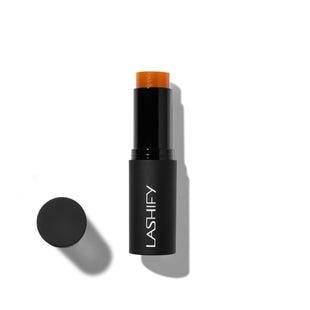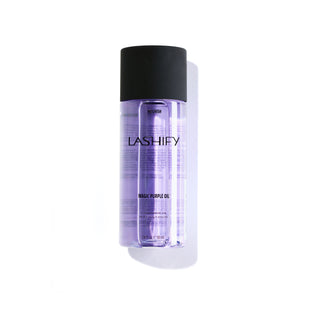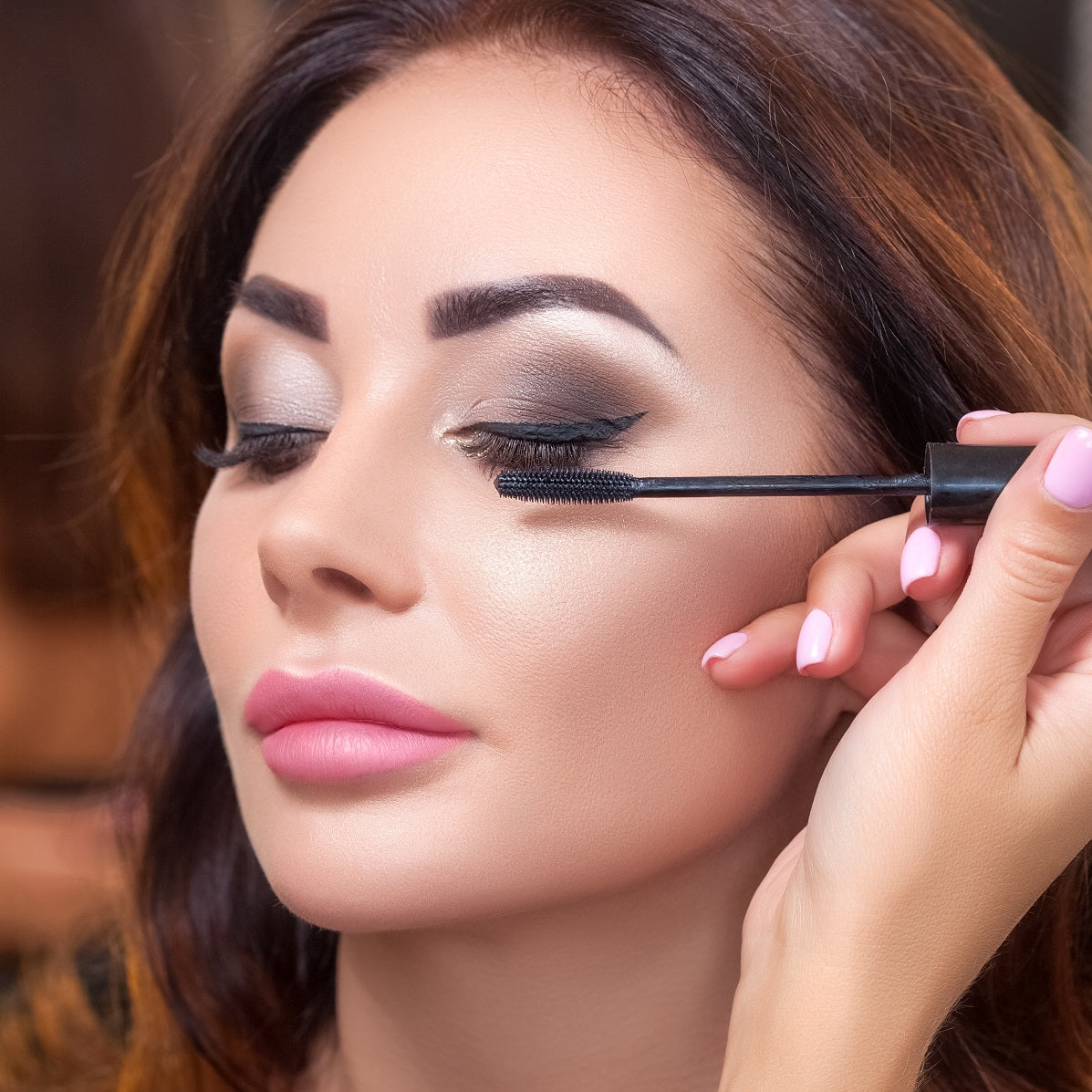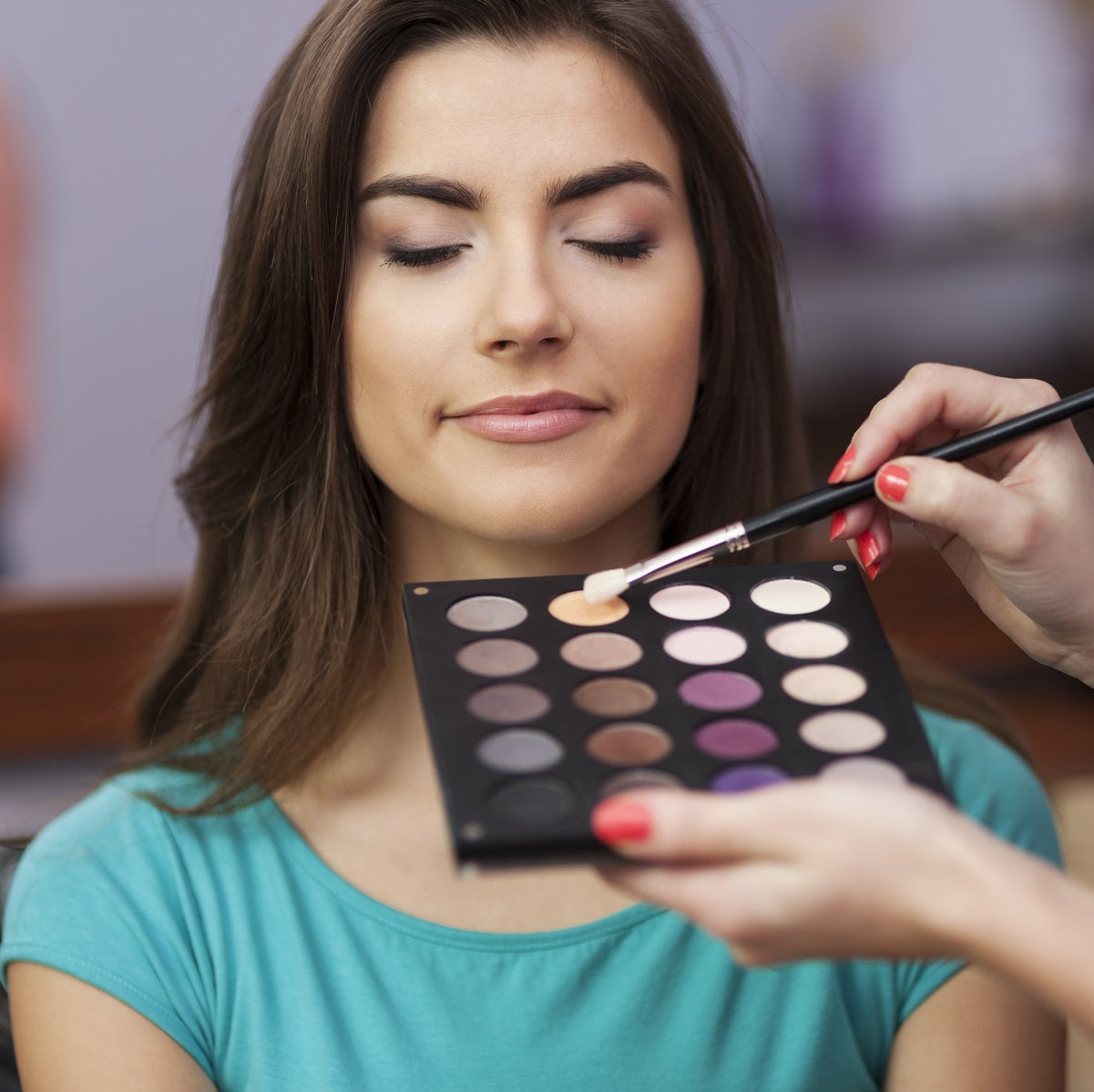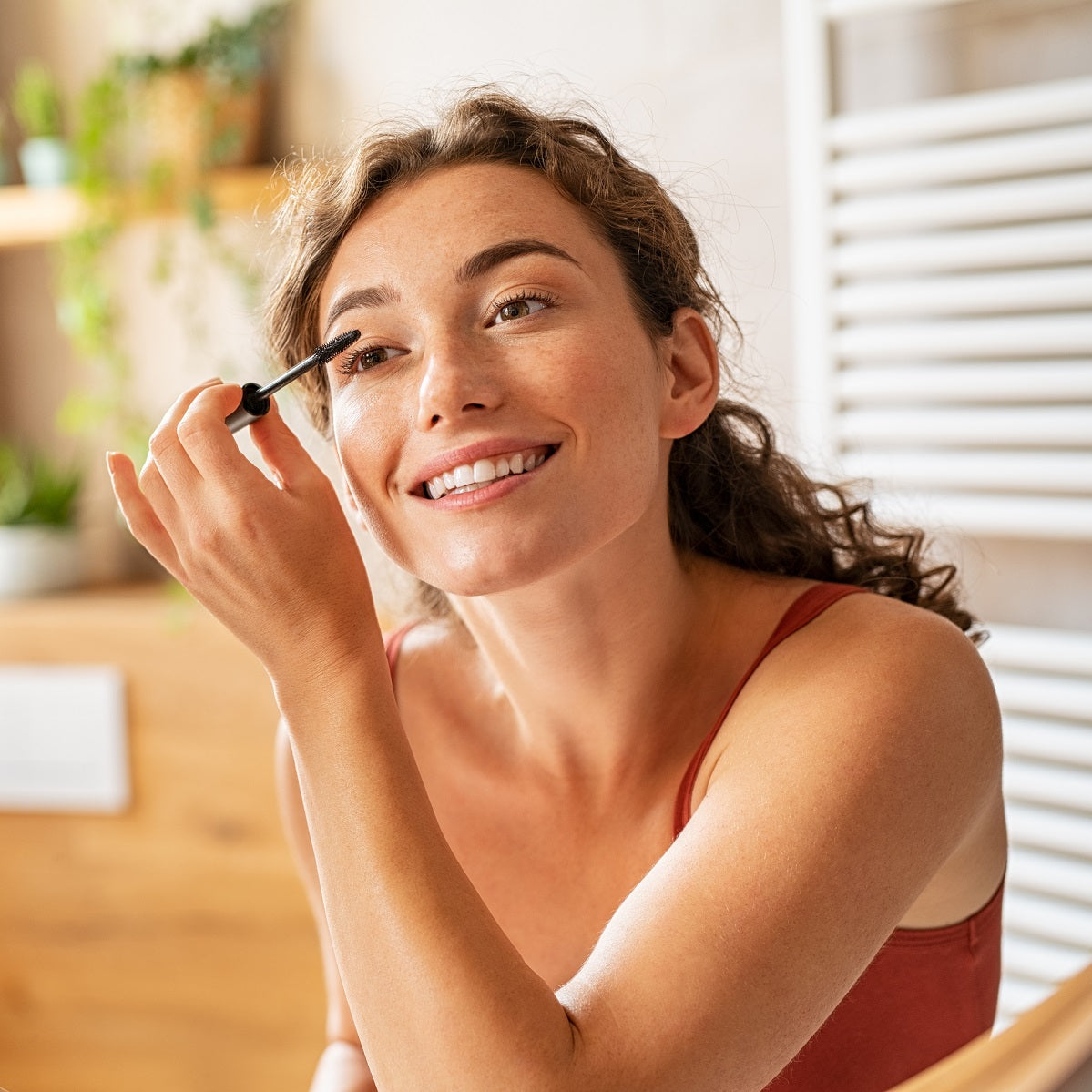Your makeup collection is ever-changing and always adapting to meet the specific needs of your evolving routine. Where you might’ve only worn blush and a nude lip in the early years of your experimentation, you now might go for a full glam look complete with a smokey eye and bold lash.
Mascara is probably one of those ever-changing, always adapting products that you’ve cycled through more than once in your time. Waterproof, traditional, fiber — you name it, you’ve been there and done that. As you’ve grown and matured through the years and the products, you might’ve started asking yourself what is really a staple product.
What’s healthy for your skin? What will leave you looking good with the makeup on and even better when the makeup comes off at the end of every day? What’s going to set you up for success in the long run and not just in the present?
At the risk of telling you something you might already know, mascara is one of those products that you should reconsider. You probably have a be-all-end-all mascara in your collection; your ride or die. What if we told you that mascara isn’t all it’s cracked up to be?
Mascara is and always will be a titan in the makeup world, but as innovation and ingenuity have entered the ring, there’s been an advancement or two that gives mascara a run for its money — in both the health of your natural lashes and the final look it can achieve.
Keep scrolling to find out more about fiber mascara and how it might not be the best option for you.
What Is Fiber Mascara?
Fiber mascara probably sounds a lot scarier than it is. Odds are, in your journey through various tubes of mascara, you’ve probably come across one or two fiber mascaras. Fiber mascara promises a lot of the same results as traditional mascara, but it accomplishes this by the use of tiny fibers in the product composed of silk or rayon.
You’ll either find that the fibers are already included in the mascara and can be applied in one go or the fibers will come separately to apply to the lashes after a coating of traditional mascara. Either way, the end result is supposed to be maximum length and volume for those lashes.
Fiber mascara is easily removed with a makeup remover or even just soap and water, so you shouldn’t need to worry about the difficult application or cleanup. However, the fibers on the lashes could flake off into the eye and cause irritation and discomfort, especially if you’re a chronic eye rubber. If you wear contacts or have irritated eyes on the regular, fiber mascara might not be the best option for you.
How Does Fiber Mascara Work?
This kind of mascara works pretty simply. The fibers within the product cling to your natural lashes, binding together with the stickiness in the mascara itself. Obviously, thicker, fuller lashes are the goal of any lash product. While irritation could occur with fiber mascara, for most part it works as an alternative option to a false lash strip. However, that doesn’t mean it’s the best option.
Surprisingly, fiber mascara shares a lot of similarities with Lashify’s lash application. If you’re using a fiber mascara that comes with a separate tube of fibers, you’ll need to brush them onto a fresh coating of mascara and then seal them in with a top coat, much like the bonds and seals of Lashify® Gossamers®.
So what sets our Gossamers apart from products like fiber mascara? Which is better in the long run?
You’ve Got Options for Your Lashes
There are a few varying types of falsies that you could pick from. They all range in price, application process, and longevity. The first and most common is a temporary lash strip. Lash strips are the classic lash extension option that you can find in almost any drugstore at probably the most affordable price of all the lash options.
A solid pair of temporary lashes will run you less than $10 on average. For slightly more, you can snag a set of five to 10 all in one. Temporary lashes are typically good for up to 15 wears and need to be applied and removed as part of your daily routine. Temporary lashes are convenient and affordable, but the lash glue used in temporary lashes can often be harsh on your natural lash line, stunting the healthy regrowth and sometimes causing lash fallout.
Another option for lash extensions is to go to a professional lash tech at a local salon. Lash techs are trained to apply lash extensions that last you six to eight weeks. They do this by isolating your individual lashes and adhering lash bundles to them, offering mega volume and curl to each and every natural lash. The lash adhesive used for this procedure is heavy-duty and long-lasting but can also result in lash fallout and damage if they aren’t properly cared for or removed.
The final option for your lash needs falls somewhere in the middle of the other two: Lashify. Our lashes were created to bring the best of both worlds together: affordability and accessibility mixed with longevity and quality.
We make at-home lash extensions a reality for everyone. Every bond, seal, lash fiber, and remover has been tested to help benefit your natural lashes. If you’re ready for the best lashes of your life, look no further.
The Great Lash Debate
Now that you’ve got all your lash options laid out in front of you, the question remains: which is better for you? Fiber mascara or falsies?
There are certainly pros and cons to both, but for a simple answer, the right choice of false lashes is typically better for your natural lash health overall. This is especially true for Lashify Gossamers.
Our Gossamers stay on for days at a time, and they require very little maintenance. The simple application and gentle removal process lessen the risk of lash fallout and the potential for larger problems such as debris buildup, bacteria, and painful clumping at the base of your lashes.
When it comes to fiber mascara (and traditional mascaras in general), they are actually not the best thing for your lashes. It’s recommended to avoid fiber mascaras simply because they run the risk of flaking, which scratches your cornea if rubbed the wrong way, and damaging your lashes long-term if worn day after day.
The constant use of mascara can also result in the introduction of Demodex mites that live in the bacteria on your lashes. If too much bacteria builds up, it can risk infection or other issues in or around your eyes. No thank you.
While the mascara isn’t immediately or certifiably detrimental to your lash health, the risks you run while using it can really add up to more cons than pros. We recommend using a healthy false lash product and application in place of the daily use of mascara.
The Benefit of Lash Beauty
We know you probably have a lot of processing to do after all that. Mascara? No more mascara? Before you rip open your makeup bag and dump all your babies into the garbage, take a beat. While mascara is becoming a less optimal choice for lash lovers, it still has its place in your makeup bag.
We just recommend lessening your use of it for the sake of your lash health and long life. Try using your fave mascara on your bottom lash line instead of the upper lashes. Allow the beauty of the Gossamer to wash over you in more ways than one, and have your lash life changed forever.
In 10 years, when you’re looking back on your lash journey, you’ll be so thankful that you gave your lashes a chance to thrive. Future you is thanking you now, and so are we.
Sources:
Can Eye Makeup & Mascara Cause Eye Irritation? | Specialty Eye Institute
Wearing mascara every day is bad for your eyes, docs warn | NY Post
Curious About Eyelash Extensions? Here's What You Should Know | NY Times

